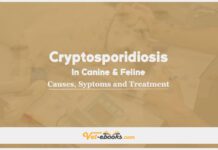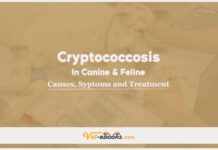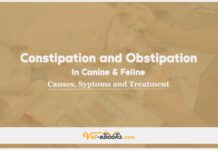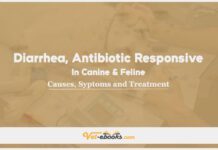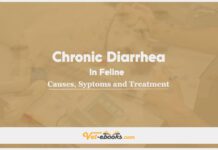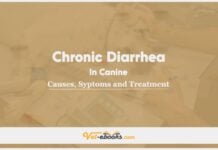Esophageal Diverticula In Canine and Feline: Causes, Symptoms and Treatment
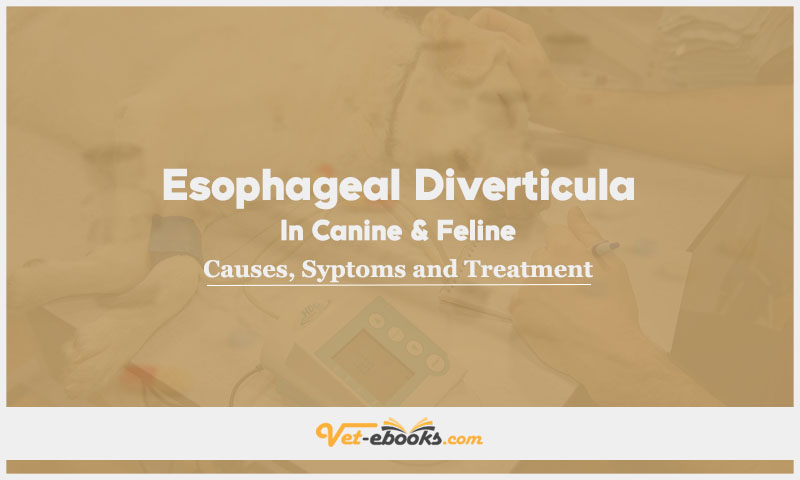
Overview
- The wall of the esophagus has sacculations that look like pouches. These serve as storage areas for fluids and food that has been eaten.
- Diverticula can be classified as either congenital or acquired, and their occurrence is infrequent.
- Pulsion diverticula are a result of heightened intraluminal pressure. Esophageal obstructive diseases, such as foreign body or mass lesions, are commonly observed in clinical settings.
- Traction diverticula are a consequence of peri-esophageal inflammation, whereby fibrosis leads to the contraction and protrusion of the esophageal wall, forming a pouch.
- Around the esophagitis and in the lining of the diverticulum, there may be localized inflammation.
- This condition could lead to problems like having trouble swallowing, having a large diverticulum block the flow of food, or the esophagus not moving enough.
- The organ systems that are impacted include the gastrointestinal system, which leads to regurgitation; the musculoskeletal system, resulting in weight loss; and the respiratory system, potentially leading to aspiration pneumonia.
Causes of Esophageal Diverticula In Canine and Feline
Causes and Risk Factors
Pulsion Diverticulum
- Embryonic anomalies affect the development of the esophagus wall.
- Esophageal foreign bodies, masses, or localized motility abnormalities are infrequently encountered clinical conditions.
Traction Diverticulum
It is possible for inflammation in the trachea, lungs, hilar lymph nodes, or pericardium to cause fibrous connective tissue to form and stick to the esophagus wall.
Pathogenesis of Esophageal Diverticula In Canine and Feline
- Pulsion diverticula are a result of elevated intraluminal pressure. Esophageal obstructive diseases, such as foreign body ingestion, are commonly observed in clinical settings.
- Traction diverticula are a consequence of peri-esophageal inflammation, characterized by the development of fibrosis and subsequent contraction that leads to the protrusion of the esophageal wall, forming a pouch.
- Diverticula are most frequently observed in the vicinity of the thoracic inlet or in close proximity to the hiatus.
Symptoms (History & Physical Examination) of Esophageal Diverticula In Canine and Feline
History
The clinical manifestations of esophageal dysfunction include postprandial regurgitation, dysphagia, anorexia, and persistent weight loss.
Physical Examination
- The animal has symptoms of coughing, tachypnea, and respiratory distress.
Diagnosis of Esophageal Diverticula In Canine and Feline
1- From History and Physical Examination
2- Diagnostic Procedures
CBC/BIOCHEMISTRY/URINALYSIS
Typically falls within the range of normal values.
Imaging
- Thoracic radiography has the potential to reveal the presence of air or soft tissue opacity located either cranial to the diaphragm or cranial to the thoracic inlet.
- A positive contrast esophageogram reveals the presence of contrast material accumulating within the diverticulum.
- Videofluoroscopy is a valuable technique for assessing abnormalities in esophageal motility.
The presence of ingesta and debris within the esophageal outpouchings is confirmed by esophagoscopy.
The presence of a mass lesion-producing blockage can be confirmed with the use of esophagoscopy or an esophagram.
3- Differential Diagnosis
- Esophageal redundancy, characterized by the accumulation of barium contrast in the thoracic inlet area, is a phenomenon that can be observed in young dogs, particularly those belonging to brachycephalic breeds and Chinese Shar-Pei.
- In cases of a peri-esophageal mass, it is recommended to utilize either an esophagram or esophagoscopy to distinguish the presence of a mass that is causing constriction of the esophageal lumen.
- An esophageal foreign body.
- Hiatal hernia.
- Gastroesophageal intussusception.
Treatment of Esophageal Diverticula In Canine and Feline
General:
- In cases where the diverticulum is of modest size and does not result in notable clinical manifestations, a conservative approach is recommended.
- This entails administering higher feedings of a mild, non-irritating cuisine along with plenty of fluid intake.
Medications:
- Drug therapy may be considered for the treatment of esophagitis.
- Proton pump inhibitors, such as omeprazole, have been found to be more strong and effective as antacids compared to H2 histamine antagonists. The recommended dosage for severe esophagitis is 0.7–1.5 mg/kg administered orally every 12 hours.
- Broad-spectrum antibiotics should be administered in cases where the patient is also experiencing aspiration pneumonia.
- In situations where severe pneumonia is observed, the choice of antibiotics should be determined based on the culture and sensitivity results obtained from samples collected using transtracheal wash or bronchoalveolar lavage.
- If there is a notable level of mucosal injury, it is advisable to administer medication in the form of sucralfate slurry (0.5–1 g/dog orally every 8 hours) to promote the protection and healing of the mucosal lining.
Some Notes:
- In cases where concomitant aspiration pneumonia is present, it is recommended to administer fluid therapy and antibiotics and provide diligent nursing care.
- Enteral nourishment administered through a gastrostomy tube may be deemed required for those who have been diagnosed with aspiration pneumonia.
- Surgical resection is the preferred course of action if the diverticulum is of considerable size or if it is accompanied by notable clinical manifestations.
- Patients diagnosed with diverticula and impaction have an increased susceptibility to the occurrence of complications such as perforation, fistula formation, stricture development, and postoperative incisional dehiscence.
- Incorporating client education should encompass the significance of food management and the potential risk of developing aspiration pneumonia.
- Conduct an assessment to determine the presence of infection or aspiration pneumonia by examining the available evidence.
- Sustain a favorable nutritional equilibrium throughout the course of the illness.
- Post-surgery, it is possible for motility abnormalities to continue to be present.
Do You Want To Increase Your Veterinary Knowledge and Practical Skills?
You Can Now Browse and Download +3000 Books For Veterinary Professionals & Students Online.
Download Veterinary Books

